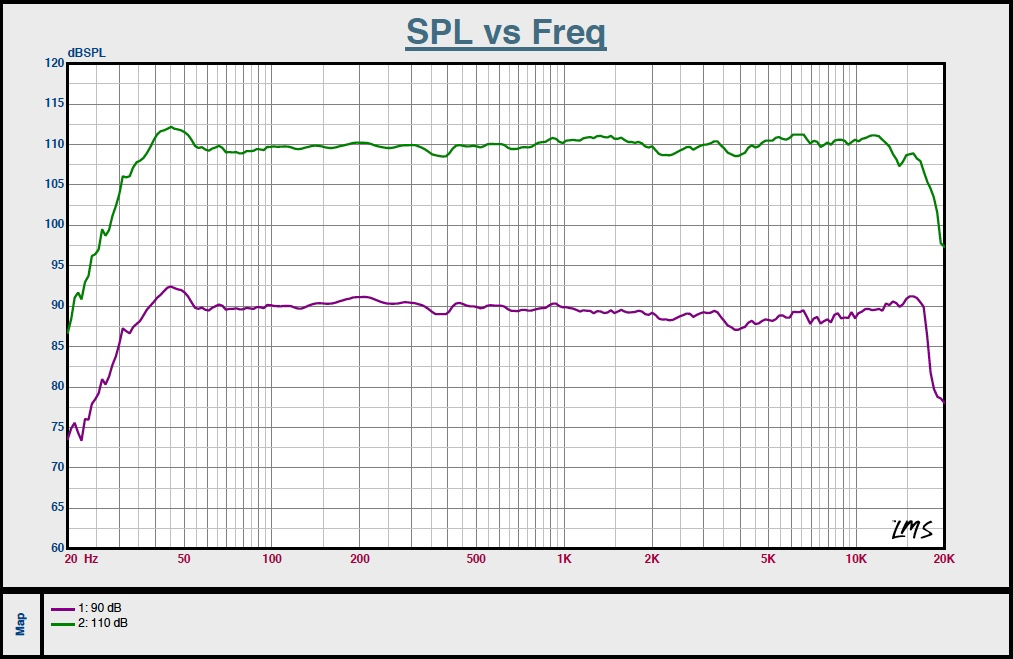HI James,
Thank you!
Im convinced the distortion at real world dynamics is handled perfectly by the Model T.
As I've tried to describe, I'm not convinced it is a dynamic issue perse I'm experiencing. It seems to be that human voice, especially in the higher frequencies, is causing the distortion. A bit like playing several high notes on a glockenspiel can turn your inner-ear bones to confusion and cause frequency interference. This is exactly what seems to happen to my ESL's.
Its is also apparent when listening to a Lied recital, where only one singer and a piano are playing. Wouldn't say the amount of dB' are enormous, but enough for the speakers to have difficulties when singing the forte passages.
'Funny' thing is the main complaint on ESL always is the bass bit, while the middle and upper frequency transparency is always hailed. Not so. No issues in the bass department (thanks to 10bsub and Rel). This solo forte-voice issue is a real pita, excuse le mot.
Maybe its has to do with Solo Voice not being drowned by a bigger sound background of a band or orchestra. No Loudness -war thing, no limiting being done. The sudden extremes of pure voice seem to be more difficult than 'big sound'.
100 dB Solo Voice is something else than 100dB Rockband/Opera?
Hence my original question....
Cheers,
Marius
Hi Marius
Yes I have owned all the Quads over the years and I agree their abilities on micro dynamics are superb but macro dynamics are not their forte.
The Model T's will accept HUGE amounts of power without distortion. Here is a graph that Soundstage did during a review of the Model T's in an anechoic chamber showing just that. The bottom line is the frequency response at 90DB and that is usually the amplitude the magazines test speakers at. If it looks good then then try at 95dB to see if there is any variance or breakup due to amplitude distortion. They told me with the model T they kept going all the way up to 110dB. As you can see no change in the frequency response which is indicative of a speaker that can play at real world levels with very low distortion.

Ultimately you have to move air at low distortion to approach real world dynamics - the Bryston speakers are designed to do just that.
james